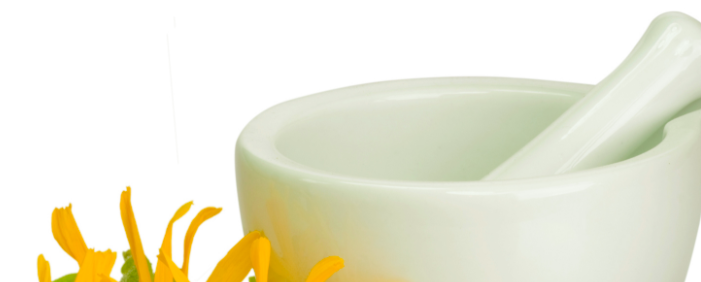
The burn is related to exposure to too intense heat. Fortunately, there are some home remedies and grandma’s tricks to treat minor burns. However, all extensive, deep and, above all, non-painful burns (indicating third degree involvement) require immediate medical attention.
Burns: Causes, Symptoms and Remedies
The burn is a lesion of the skin or mucous membrane due to the intense heat, or intense cold to very localized. Erythema is a superficial localized redness of the skin.
Burns are classified according to their degree of severity. A first degree burn consists of a superficial lesion of the epidermis. This type of burn is recognized by localized redness.
The second-degree burn is a deeper damage to the epidermis and dermis. It results in blisters and sharp pains.
Finally, a third-degree burn is a very profound attack with irreversible lesions and destruction of sensitive fibers. This last stage always represents a major medical emergency that requires hospitalization. The brownish appearance of the skin, the disappearance of pain and shock can be associated with third-degree burns.
If in doubt, consult your doctor as soon as possible.
Treatments and plants for minor burns
Remember, do not attempt to heal a wound until you are sure of its cleanliness and the disappearance of any deep inflammation or infection. For the following plants, you can use a commercial preparation or make your ointment yourself by incorporating about 5% of the mother tincture into a neutral base.
For an anti-inflammatory action (external use)
Arnica: in strict local use in the form of a decoction or ointment, for unopened wounds
St John’s wort: the fresh plant in poultice or in the form of oil (mixture of equal parts of sweet almond oil and St. John’s Wort oil ), for erythema and burns.
Chamomile: in the form of oil or ointment, especially for irritative or sun erythema.
Aloe: the juice of the plant or gel form, locally applied mainly for burns.
Plantain: in ointment or fresh leaf juice applied directly to the burn.
For an anti-infectious action (external use)
Eucalyptus and lavender: in ointment for local application. Essential oils, which are very effective, must be the subject of a medical prescription
For healing action (external use)
Mix with a cream or a gel 3 to 5% of liquid extract of the following plants: marigolds (for the skin and the mucous membranes), Indian hydrocotyle (stimulates connective tissue), horsetail (generally and locally) or aloe .
In the background
Some plants promote the resolution and healing of wounds, such as echinacea, immune stimulant and anti-infective (at least 55 drops of mother tincture per day), Indian hydrocotyle (2 tablets of dry extract, 2 times per day). day) or horsetail (powder, up to 3 g per day).